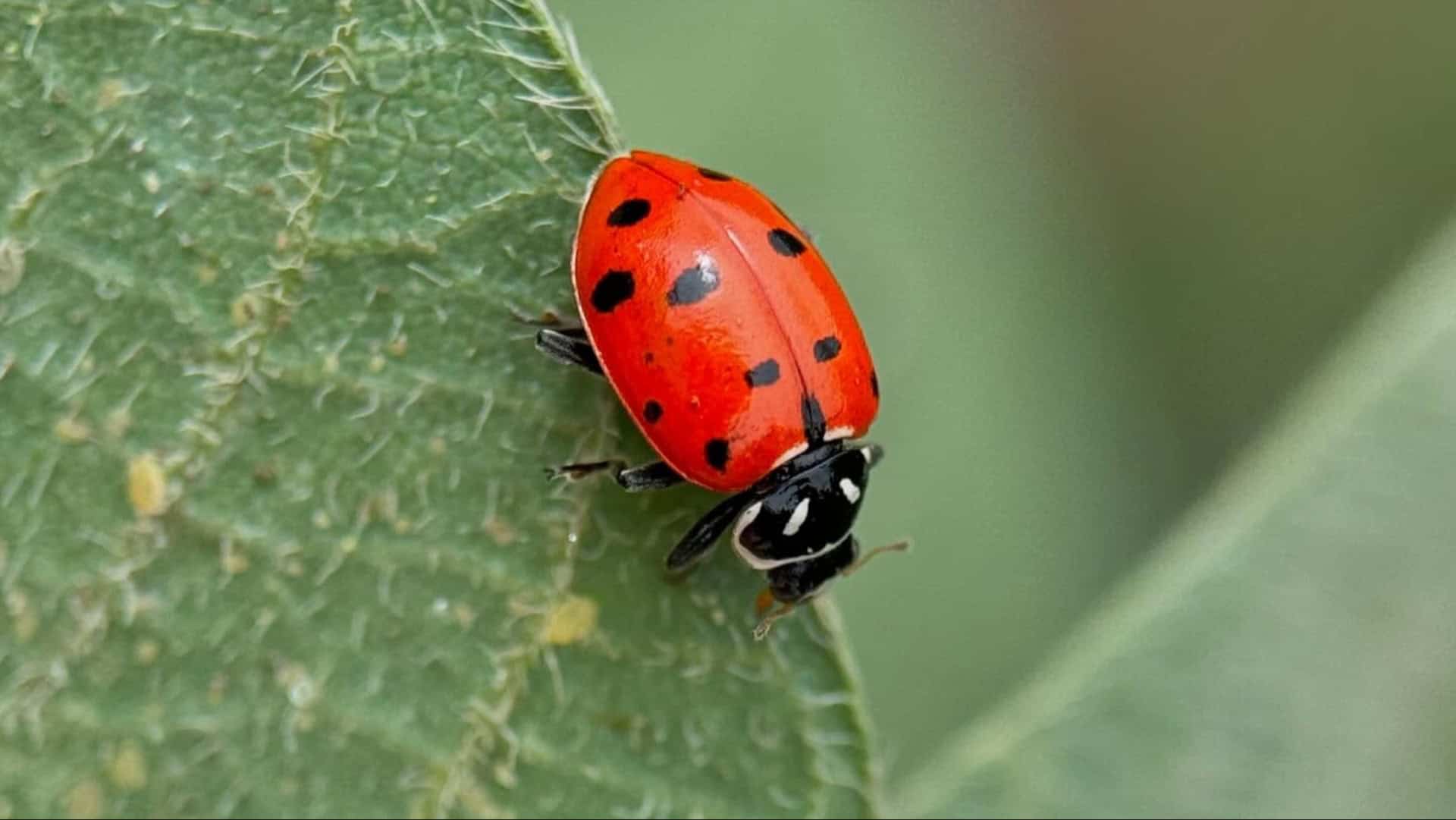A vibrant pollinator garden not only beautifies your space but also supports local ecosystems by attracting essential pollinators like bees, butterflies, and birds.
Creating such a garden involves careful planning and a touch of creativity.
Here are 10 delightful tips to help you cultivate a thriving pollinator haven!
1. Choose Native Plants
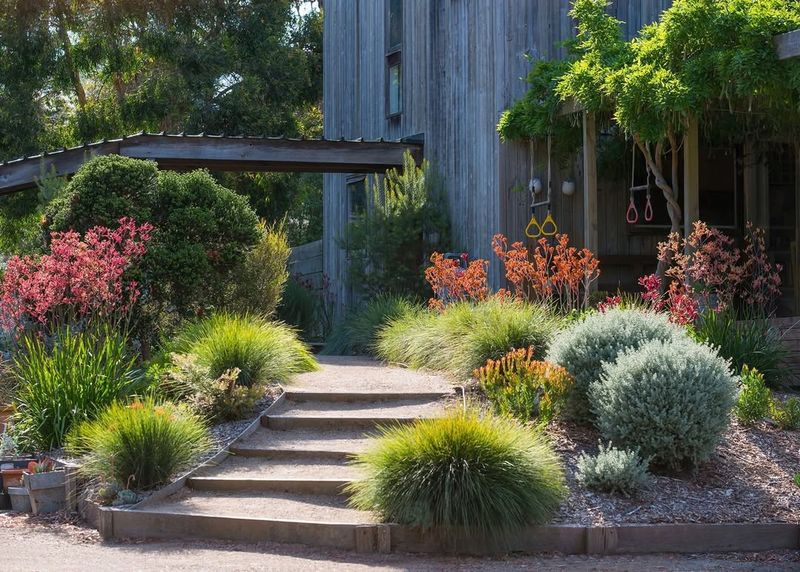
Selecting native plants is crucial for a successful pollinator garden. These plants are adapted to your local climate and soil conditions, making them easier to maintain.
Native plants offer the right nutrients and habitat for local pollinators.
Ensure diversity in your plant selection to support different pollinator species.
Including flowering plants that bloom at various times throughout the growing season ensures food availability.
Add perennials like coneflowers and milkweed, which are magnets for butterflies and bees. Your local nursery can guide you in choosing the best options.
2. Provide a Water Source
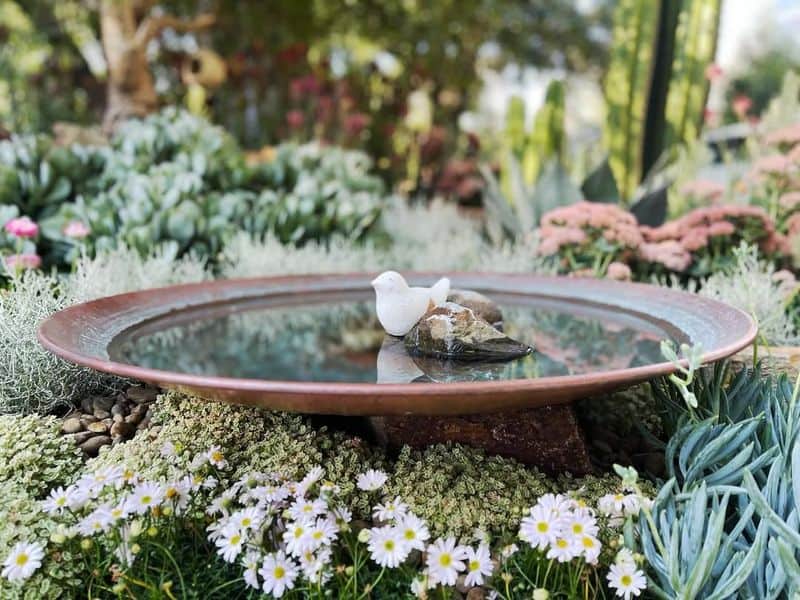
Water is an essential resource for pollinators. Consider incorporating a shallow pond or birdbath in your garden.
Ensure the water source is shallow and has gently sloping sides to allow easy access.
Adding floating stones or pebbles provides a landing spot for insects. Keep the water clean and fresh, replenishing it regularly, especially in hot weather.
This simple addition encourages a range of pollinators, from birds to insects, to visit your garden and stay hydrated.
A healthy garden ecosystem depends on accessible water.
3. Create Shelter and Habitat
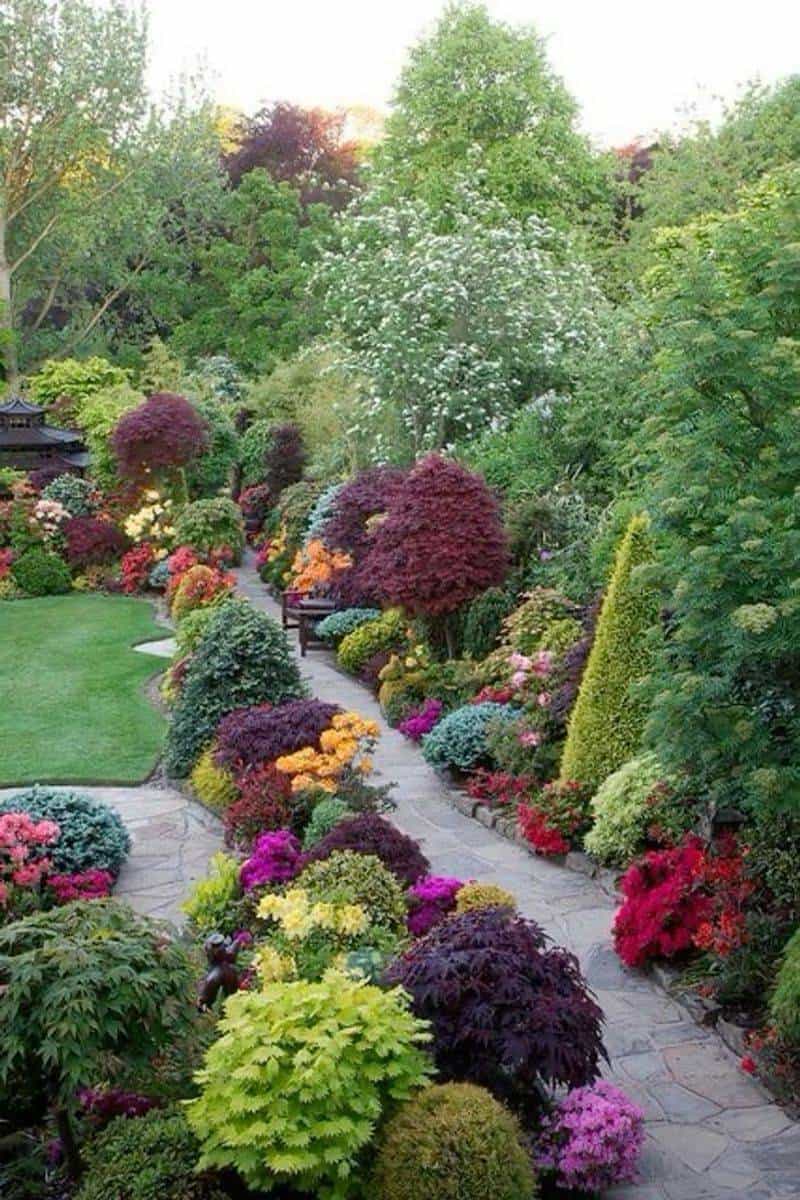
Pollinators need more than just food – they also require safe habitats. Incorporate dense plantings and shrubbery to provide shelter.
Consider adding bee hotels or birdhouses to accommodate different species.
Leave some areas of your garden slightly untamed to mimic natural habitats. Piles of leaves or logs create perfect nesting sites for solitary bees and other insects.
By offering varied shelter options, you support a wider array of pollinators, enhancing biodiversity in your garden.
It’s a win-win for nature and your outdoor space’s beauty.
4. Plan for Continuous Bloom
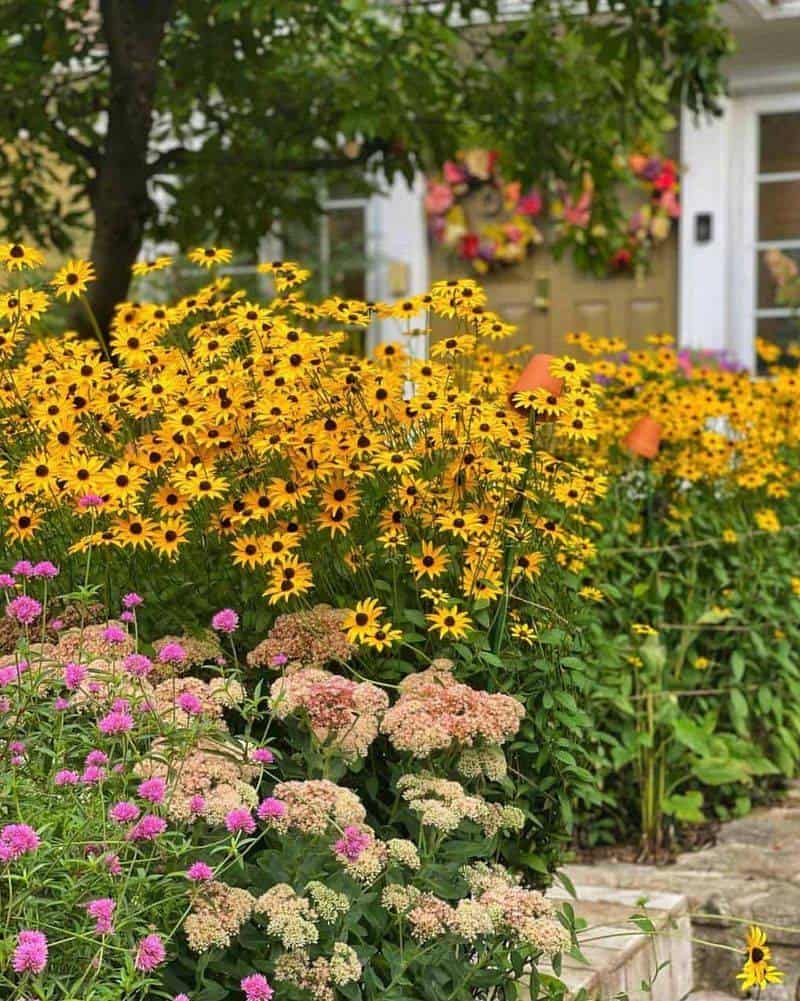
Ensuring your garden blooms throughout the year is vital for sustaining pollinators. Plan for a succession of flowering plants that provide nectar and pollen from spring through fall.
Research plants that bloom in different seasons and mix them strategically.
This approach provides a constant food source for pollinators, keeping them engaged year-round.
Beneficial plants include crocuses for early spring, black-eyed Susans for summer, and asters for autumn.
This continuous bloom plan supports the lifecycle of various pollinators.
5. Avoid Pesticides and Chemicals
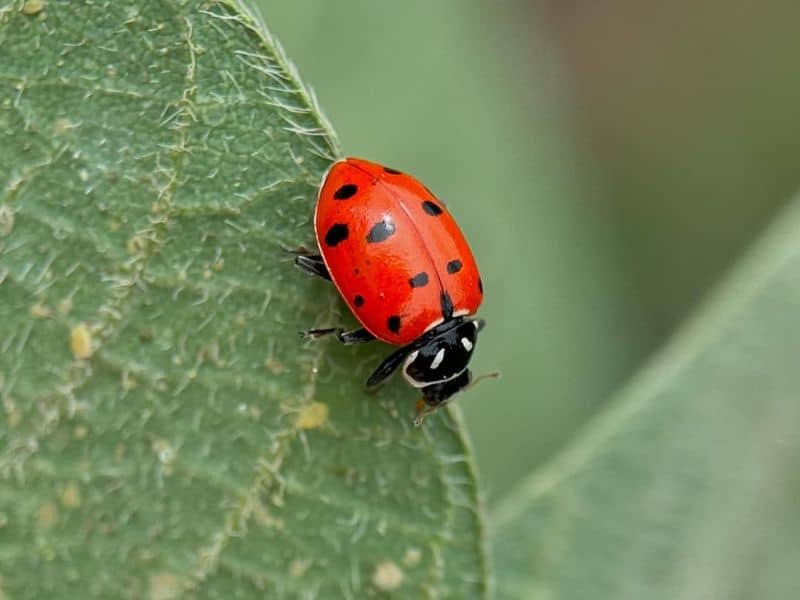
Chemicals can harm or deter pollinators, so it’s best to avoid pesticides in your garden. Opt for natural pest control methods, such as introducing beneficial insects like ladybugs.
Encourage a balanced ecosystem where nature keeps pest populations in check.
You can also handpick pests if necessary or use homemade remedies like neem oil.
By eliminating chemical use, you protect pollinator health and promote a thriving, safe habitat. An organic garden is an inviting haven for beneficial insects and wildlife.
6. Incorporate Color and Fragrance
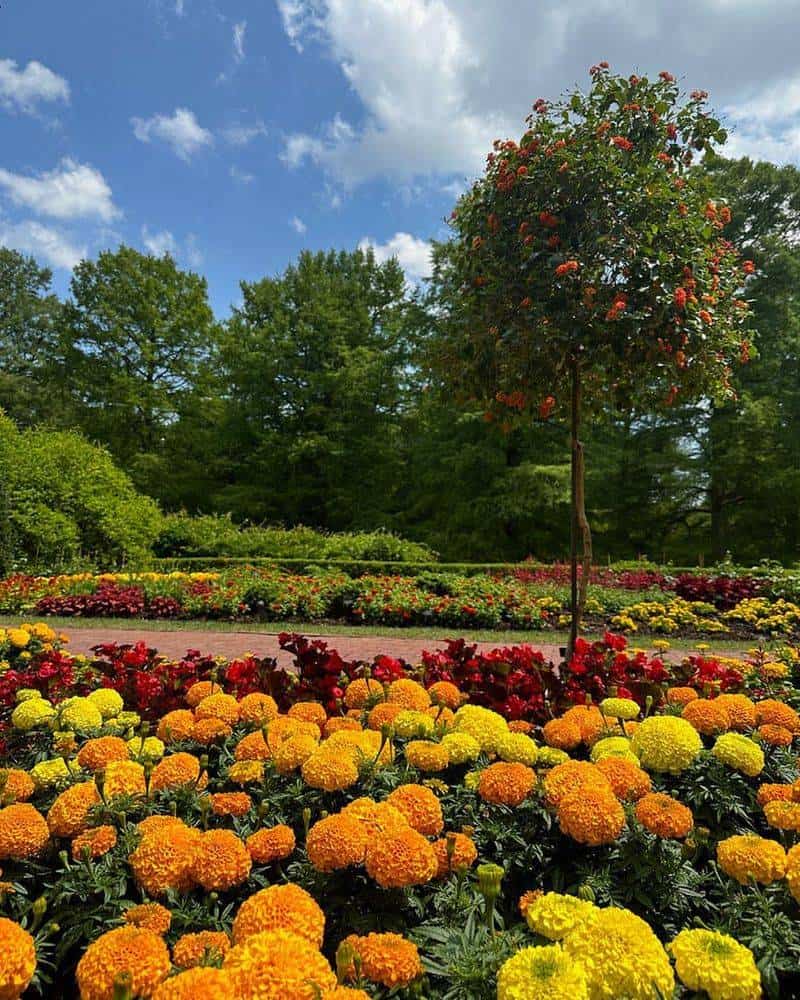
Colorful, fragrant flowers are irresistible to pollinators. Use a variety of colors, shapes, and scents to draw in a diverse range of species.
Bright colors like red, yellow, and purple are particularly attractive.
Choose flowers with open structures and ample petals, allowing easy access to pollen and nectar.
Incorporating fragrant herbs like lavender and mint adds to the sensory experience.
By combining color and fragrance, you create an inviting sensory environment that attracts more pollinators, enhancing the vibrancy and allure of your garden.
7. Provide Diverse Flower Shapes
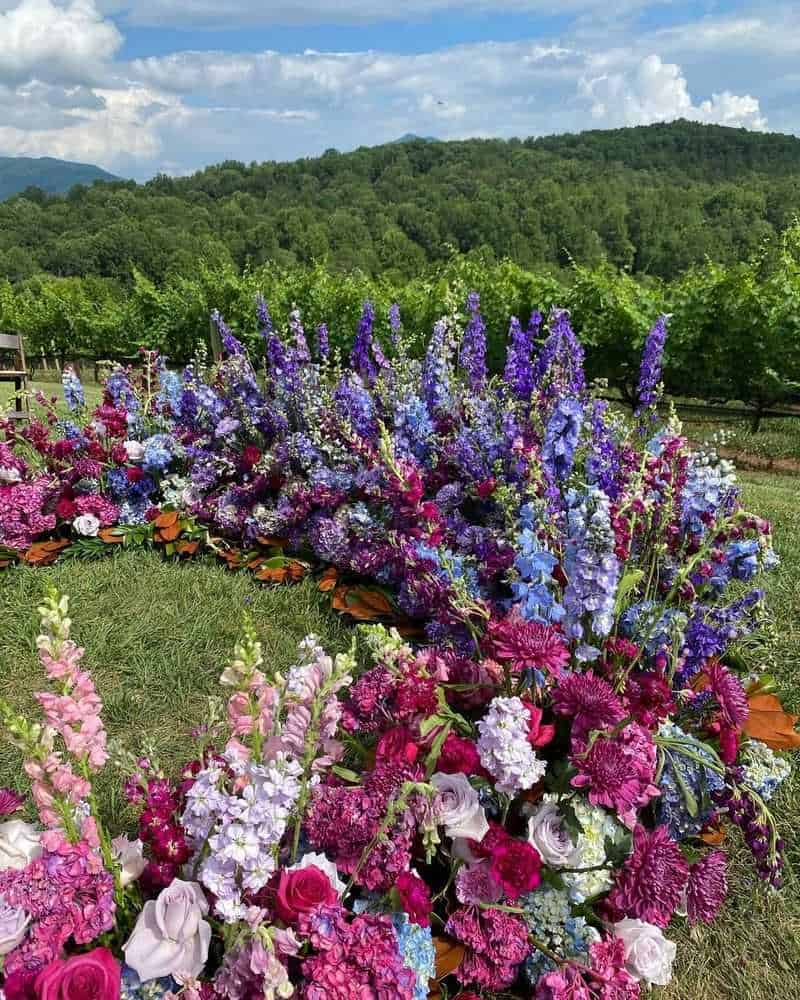
Different pollinators are drawn to specific flower shapes and sizes. Incorporate a variety of flower structures to cater to this diversity.
Some pollinators prefer tubular flowers, while others are attracted to flat, open blooms.
Mixing these shapes throughout your garden encourages more species to visit.
For example, hummingbirds are often drawn to tubular flowers, while bees enjoy flat flowers.
This variety not only supports a broader range of pollinators but also adds texture and interest to your garden design. Diversity is key to a thriving ecosystem.
8. Include Night-Blooming Plants
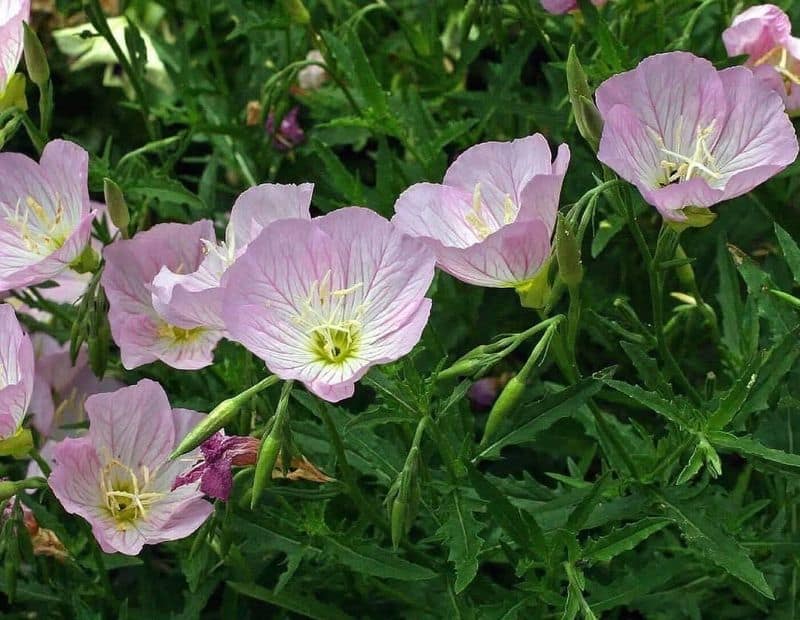
Many pollinators, such as moths and bats, are active at night. Including night-blooming plants in your garden supports these nocturnal visitors.
Flowers like evening primrose and moonflowers are excellent choices.
These plants open up at dusk, releasing sweet fragrances that attract pollinators active during nighttime hours.
Their pale colors often reflect moonlight, making them easy to spot.
By considering the needs of night pollinators, you enhance the ecological balance of your garden, providing resources beyond the daylight hours.
9. Maintain a Pollinator-Friendly Lawn
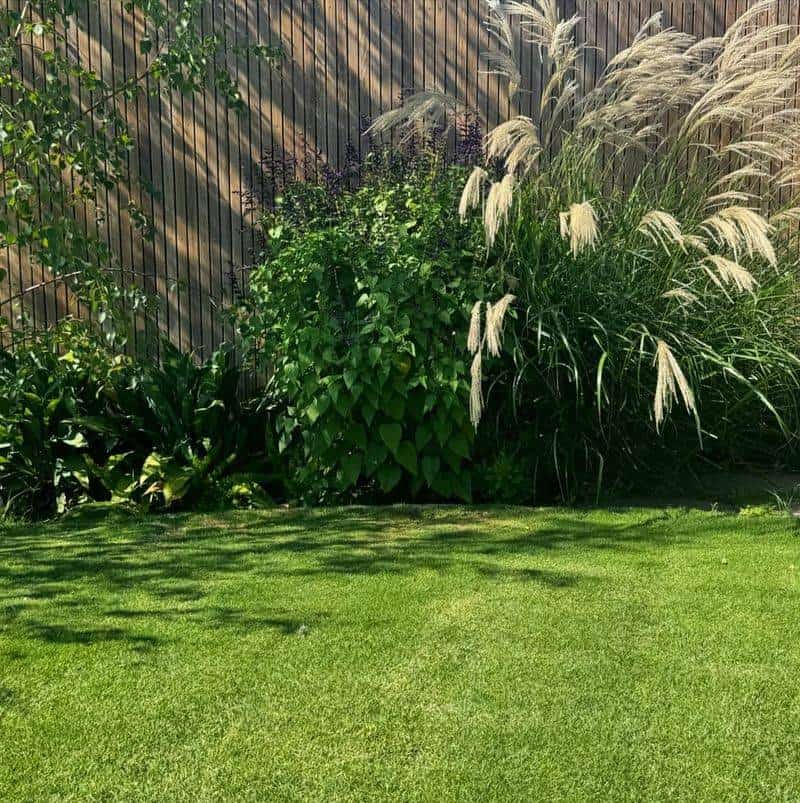
Traditional lawns can be transformed into pollinator havens by integrating clover and wildflowers.
These plants offer food and habitat while maintaining a lush, green appearance.
Reduce mowing frequency to allow flowering plants to grow and bloom. This practice not only saves time but also supports pollinator health.
A pollinator-friendly lawn requires less water and fertilizer, promoting sustainability.
By transforming your lawn, you create an inclusive environment that benefits both pollinators and your enjoyment of nature.
10. Engage the Community

Engaging your community in building a pollinator garden can amplify impact. Organize garden tours, workshops, or planting days to raise awareness and share knowledge.
Involving schools or local groups fosters a sense of community pride and environmental stewardship.
Collaborate with neighbors to create pollinator corridors or larger garden projects.
By working together, you not only enhance pollinator habitats but also strengthen community bonds.
Shared efforts lead to more vibrant gardens and a healthier environment for everyone.

